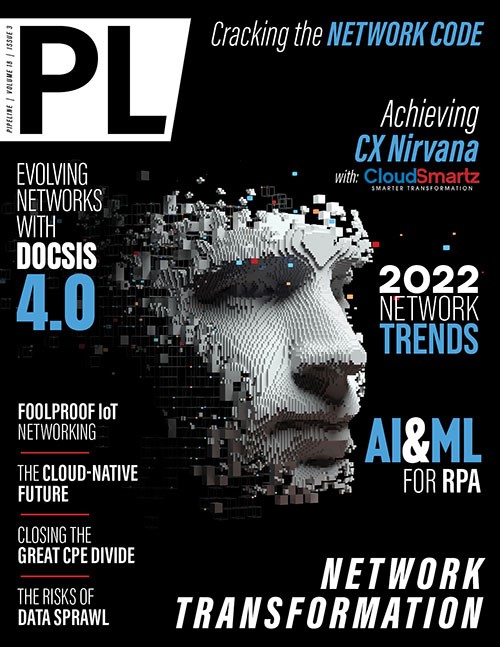Crack the Code of Tomorrow’s Network
Zero-touch automation
Zero-touch automation should be part of every aspect of service lifecycle automation from deployment and configuration to upgrades and removal. This is foundational for any dynamic, agile network, and especially for slice automation, as the whole slice lifecycle must be automated to enable as-a-service offerings. Over time, AI/ML will permeate each network function, making the network predictive instead of reactive, with the ability to scale to meet market demand. Automation and AI/ML will handle routine actions, while cognitive automation will transform and simplify processes.
DevOps/DelOps and test automation
DevOps and test automation ensure highly automated test cycles at the application and service level so new services can be launched using software test frameworks. DevOps, which is used widely in IT and webscale networks, needs to be adapted to the complexity of delivering software to multiple domain environments, third-party software, and the hybrid cloud environments typical of telecoms networks. This adaptation, with a many-to-many delivery and operations process, is called DelOps. Open- and closed-loop assurance drive automation and predictability for network operations and management. Digital twins will come to play a growing role in creating these building blocks.
Security, privacy and trust
Because cloud-native, open-source software development and public cloud environments are often comprised of shared multi-cloud platforms, proactive security, privacy, and trust are key to enabling any new business model. Security-by-design principles and special attention to cloud-native security are imperative. Using the latest software tools for vulnerability and malware detection, including region/country-specific security requirements, is and will continue to be in every CSP’s interest.

Figure 1. Foundational technologies and emerging opportunities
click to enlarge
Ecosystems emerge from the network as code
Developers creating service chains today are already looking for simplified access to different components of the network — whether infrastructure or insights — that they can easily plug into their own applications. Giving them a view of the network as an open, abstracted, and horizontal platform driven by APIs and software development kits (SDKs) makes component-ized consumption possible.
To put it another way, they already relate to the network as code — and their use of network components is what will produce the kind of service-creation ecosystems CSPs have been hearing about for years now as being at the heart of the 5G opportunity.


















